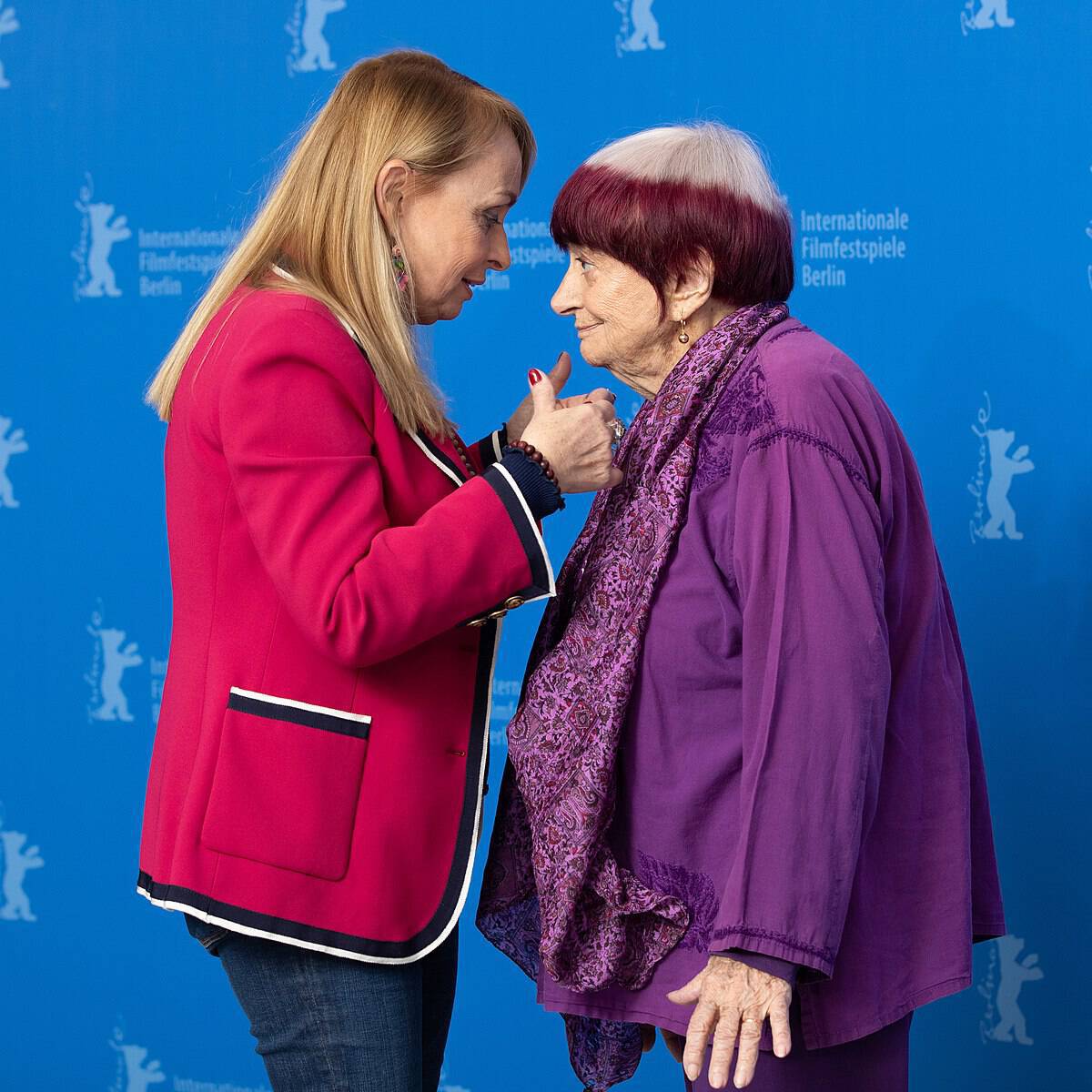Celebrating Agnès Vardas’ Life Through “Faces Places”

“What I liked was meeting amazing people by chance. Chance has always been my best assistant.” In a scene from her last film “Faces Places,” Agnès Varda speaks to her co-director, JR, about their experience filming their documentary and revels in the magnificence of capturing the stories of different people, verbally or visually. Without a perfectly defined goal for the film, Varda and JR travel through France, taking photos of various people and pasting enlarged versions of them in memorable places of their villages, while recording their own reactions to such an honest exposure of French life. Varda, in particular, loved seeing new places, meeting new faces and learning new stories. By the age of 88, when this documentary took place, Varda had not yet lost her deep sense of curiosity that made her such an acclaimed and respected director, with a career lasting over half a century.
Varda passed away at the age of 90 on March 29, and her partner-in-crime in “Faces Places,” the French photographer with the pseudonym JR, recalls in TIME magazine what made Varda so special to the world: “Wherever she would go, she would take a minute to look around her.” Though JR knew her more intimately and privately, their documentary manages to perfectly convey the admiration she felt for the world around her and even transmits some of it to the audience. Whether it is in her conversations with the different people she meets, in her captured chats with JR or in her narration of their journey, Varda’s words are full of wonder and appreciation.
Though every second of the film is a Kodak moment with unique and beautiful depictions of life in France, it is the quirky dynamic of the partnership between JR and Varda and their interactions with the various people of France that really bring joy to the story. Both JR and Varda impart their own vision of the world in the film, reflecting on how it has shaped their success as artists. “You see blurry and you’re happy,” JR comments to Varda, who responds, “You see everything dark, and you’re happy. It all depends on how one sees things.” Varda had an eye disease that caused her vision to blur, and it shaped the way she saw things, literally and metaphorically; JR always wears sunglasses, choosing to conceal his identity and see the world in darkness, like the characteristic black and white of his photos.
The large, monochromatic photos that JR takes of the people of France contrast strongly with the souvenir photos he takes at every stop with Varda. Anything with her was always full of color, even her hair. That was another peculiarity of their relationship: Varda loved color. She loved looking into people’s eyes and admiring the way she imagined they saw the world, and throughout the film her one annoyance was JR’s sunglasses. “You’re putting a black screen between us.,” she says at one point. It is ironic, really, that the two embarked on a trip throughout France to meet new faces, yet all along she could not see his. But, they each experienced the way the other saw the world. She understood him through his photos: large, black-and-white and temporary, their presence on a permanent structure easily washed away with a little rain; he understood her through her stories, her observations and their impact on the way she thinks: blurry and always moving. And in the process of them getting to know each other, the audience gets to know them too.
JR and Varda’s partnership may not have made the most sense, but shortly into the film, Varda reveals what interested her about the project, and her explanation, in turn, reveals a lot about her: “In fact, JR is fulfilling my greatest desire: to meet new faces.” If the fact that, at age 88, Varda’s greatest desire was to meet more people does not fully expose her unique spirit, then perhaps nothing ever will. In their tour of meeting people, JR and Varda focus on the groups that do not always get the recognition they deserve, from miners to the wives of dockworkers and even the homeless, and along the way they connect their presents to their pasts. Varda is adamant on learning the stories behind the faces because, as she admits to JR, she felt that every new person she met would be her last. It was only fitting, then, that the last face she got to see in their journey, was JR’s.
Though Varda is now gone, her death should not be reason for heartbreak. While visiting the graves of past friends, Varda told JR, and the world, her true feelings about death. She looked forward to it. She looked forward to death not because she felt her life was sad, or her journey over, but because then “that’ll be that.” Her work of over 50 years would finally be completed, and her impact on this world cemented. Now that such day has finally come, the world can celebrate her by following her lead and letting our curiosity reign over us. We should all strive to meet new faces and see new places.





Comments ()